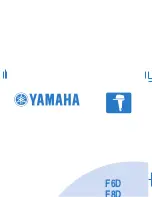
Debugging
© PHYTEC Meßtechnik GmbH 2002 L-462e_2
65
•
The first button allowing exact control of the program execution is
the Step Into
button.
The Step Into command performs the execution of the command
line to which the Current-Statement Arrow
points. This can
be a C command line or a single assembler line, depending on the
current display mode. If the command line is a function call, Step
Into jumps to the C function or subroutine, enabling you to explore
the code contained in the accessed subroutine.
•
The Step Over
button is next on the debugger toolbar.
The Step Over command executes the command line, to which the
Current-Statement Arrow
points. This can be a
C command line or a single assembler line, depending on the
current display mode. If the command line is a function call, the
function will be executed without single stepping into the function.
Note:
We recommend not using the Step Over function with the monitor.
During compiling of the C code, the compiler runs through the
optimization steps. This optimization summarizes calls of nested
functions and their return jump to the original function in the
compiled machine code. This can effect a Step Over command by
nesting multiple calls for sequential functions. For users with
assembler knowledge, the View->Disassembly window is
recommended. Here the C source code contrasts with the machine
code and the optimization steps are obvious.
•
The next button is the Step Out
button.
Step Out is used to exit a function you are currently in. Step Out is
very useful if you find yourself in a function you are not interested
in and need to return quickly to your intended function.
Note:
Due to performance reasons the Step Out command is not
available in monitor mode. Step Out is only available in the
simulator mode.
















































